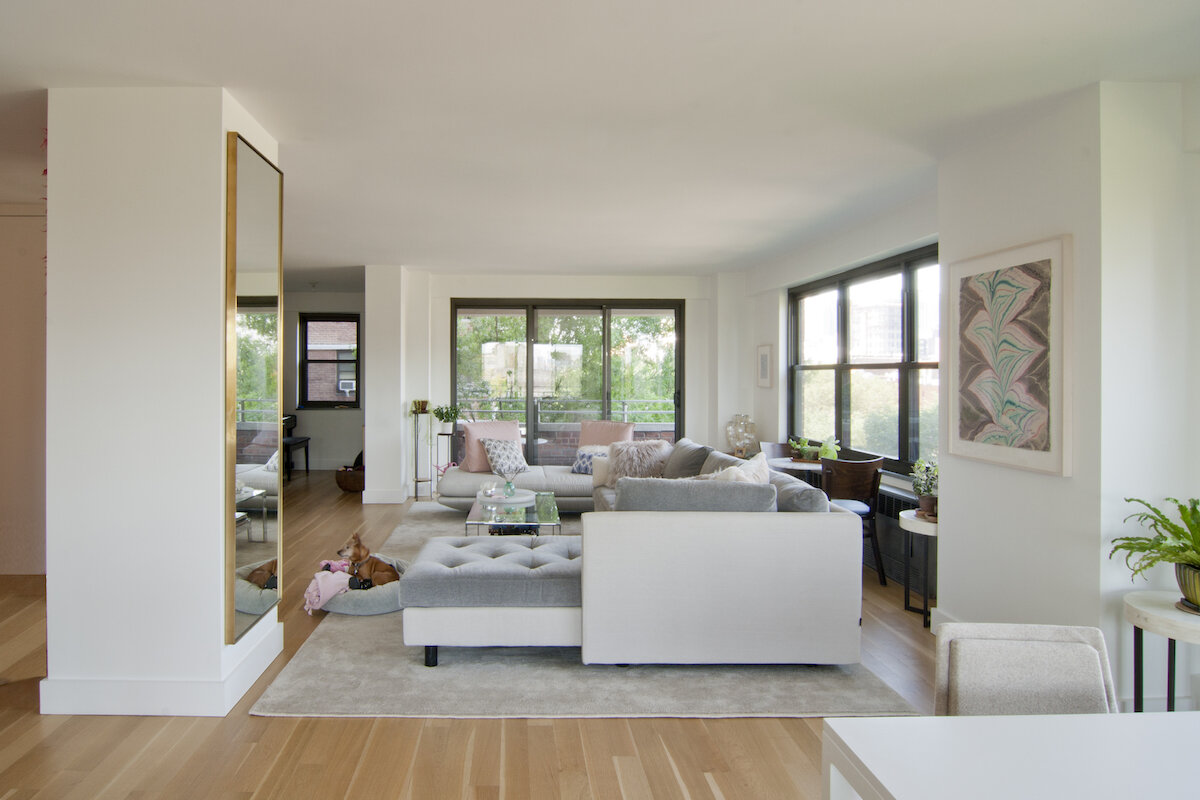Photo by Anjie Cho Architect PLLC
I noticed on your podcast that you said, “Avoid creating difficulty for yourself that doesn’t need to be there.” What do you mean by that?
This is a really interesting topic! Feng shui isn’t just about adding a plant to a certain area or moving a chair or painting a wall a certain color. That’s part of it, but feng shui is really about looking at how you’ve set up your space so that it’s supportive. You want there to be a flow that is generous and full of ease.
Have you ever been to a home that feels challenging, where you hit your head, or you have to squeeze by a lot of stuff in a hallway? Maybe you can’t walk in the door easily, or it’s difficult to come in with your groceries. When a home has been designed or cared for in such a way that creates difficulty in the space, it creates difficulty in the inhabitants’ lives as well. How you move through a space is exactly how energy flows through a space. You want to be able to notice if you are creating difficulty for yourself that doesn’t need to be there.
Another way that people can create unnecessary difficulty for themselves is by getting into a “fear shui” mode, where they are really worried about having bad feng shui in their home. Sometimes, when I unpack this for people, I find that they have wired themselves to love drama, or to feel like they need drama in order to feel something. That can be reflected in their home as well.
One simple way to notice whether you’ve created difficulty for yourself that doesn’t need to be there is to look at how easy it is to get to your bed. Are there obstacles on the way to your bedroom? Do you have to push a bunch of things out of the way to get in bed? Sometimes, people have their bed in an odd position or a lot of equipment that physically gets in the way. That can indicate difficulties in your life, including challenges in intimate relationships. If you do notice anything in the way of your bed, see if there’s anything you can remove. Removing obstacles will make your life easier energetically as well as physically.
If you’d like to learn more about feng shui, check out Mindful Design Feng Shui School at: www.mindfuldesignschool.com





